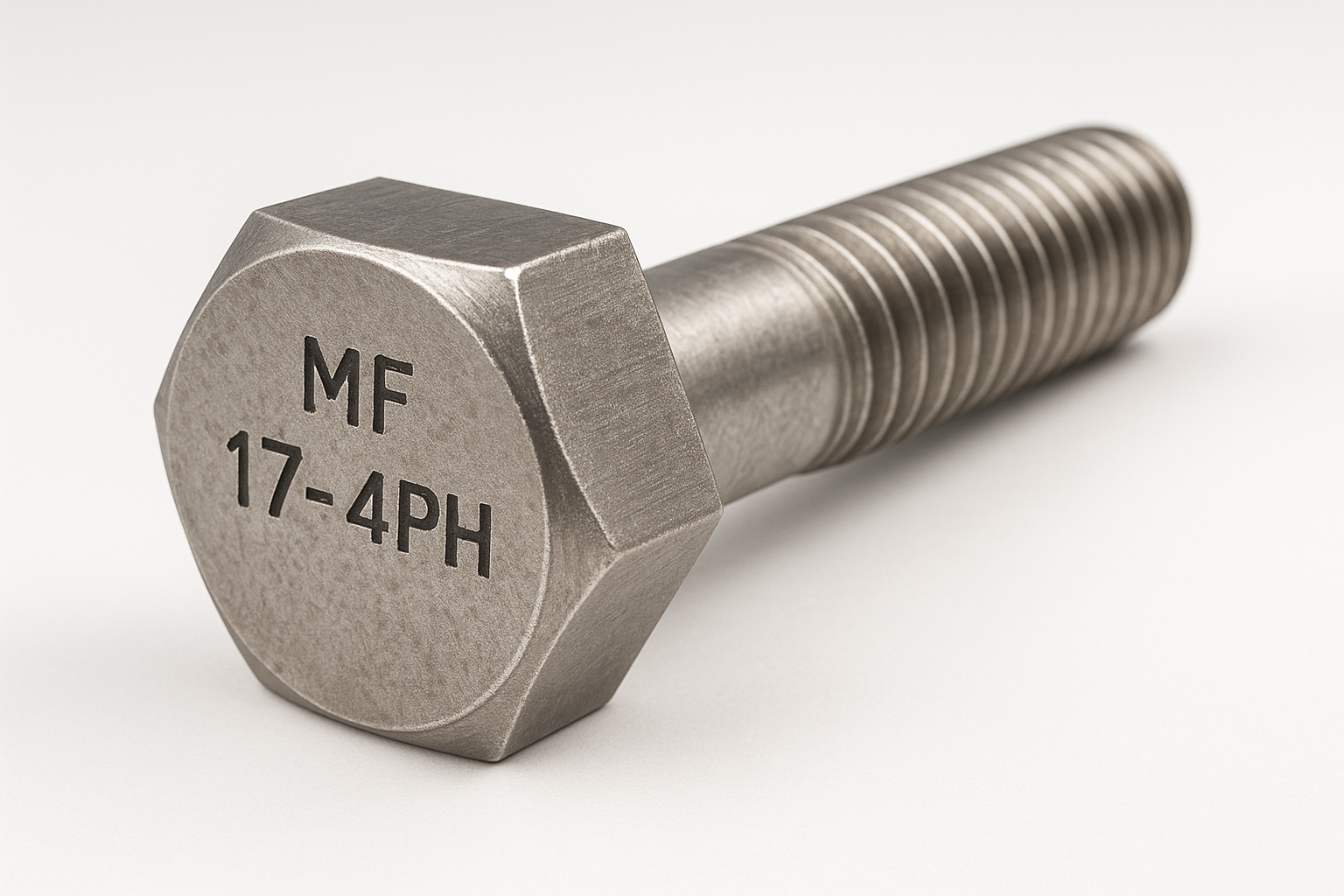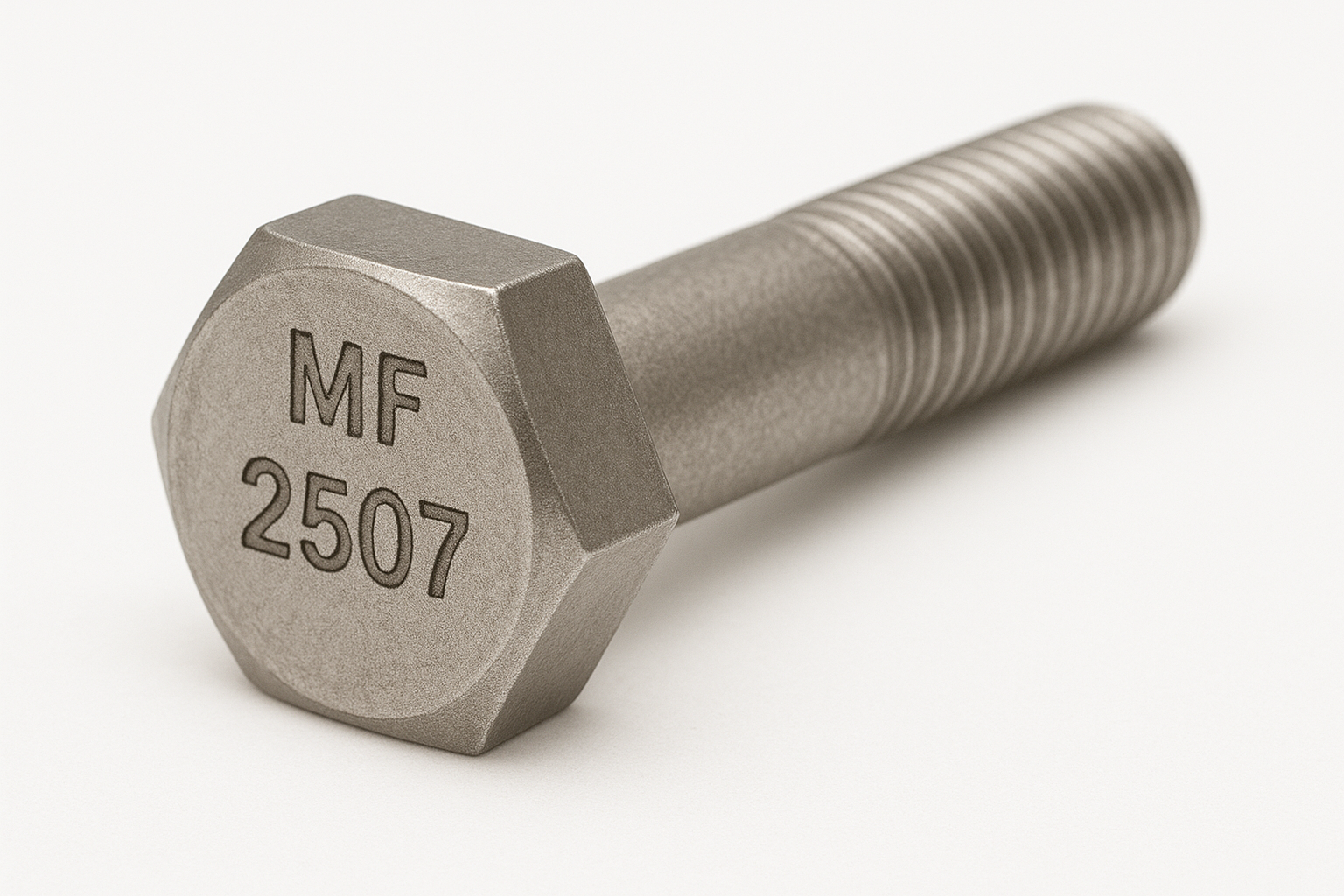Improved torque distribution
One of the main advantages of 12-prong nuts over hex nuts is better torque distribution. Because of the greater number of contact points, 12-point nuts provide a more secure and uniform grip, reducing the risk of slippage and wear during installation or removal. This is critical for high-torque applications and where fasteners are subject to significant thermal stress, such as in the aviation, petrochemical or energy industries, where materials such asASTM A453 GRADE 660 or INCONEL 718 are often used.
Increased resistance to vibration and high loads
12-prong nuts offer greater resistance to vibration and high loads than hexagonal nuts. This is because the design allows for a more even distribution of stresses, improving stability and reducing the possibility of loosening due in part to the presence of the flange, which allows for distribution of the clamping load.
Reduced maneuvering space
In many industrial applications, maneuvering space can be extremely tight. 12-point nuts offer an ideal solution in these contexts, as they require less turning space during assembly than hexagonal nuts. This is especially useful when the footprint of the fastening system needs to be reduced as much as possible while not affecting its effcency.
High temperature applications
Many industrial applications require fastening systems with performance suitable for supporting high temperatures. 12-prong nuts are often made from materials that can withstand such conditions. The technical specifications that define this type of material are ASTM A437 and A453, and EN 10269.
Among the temperature-resistant materials to ASTM standards, the most widely used for the production of 12-prong nuts areASTM A43 B4B,ASTM A453 grade 660 or INCONEL 718
Among the temperature-resistant materials to EN 10269 standards, the most widely used for the production of 12-point nuts are werkstoff 1.4923, werkstoff 1. 4986, werkstoff 1.4980 and werkstoff 2.4668.
Reference standards and dimensional standards
A crucial aspect of ensuring the reliability of 12-prong nuts is compliance with construction standards. Dimensions and specifications are generally governed by IFI 115 standards . Adherence to these standards ensures optimal performance and compatibility with existing components in various industries.



